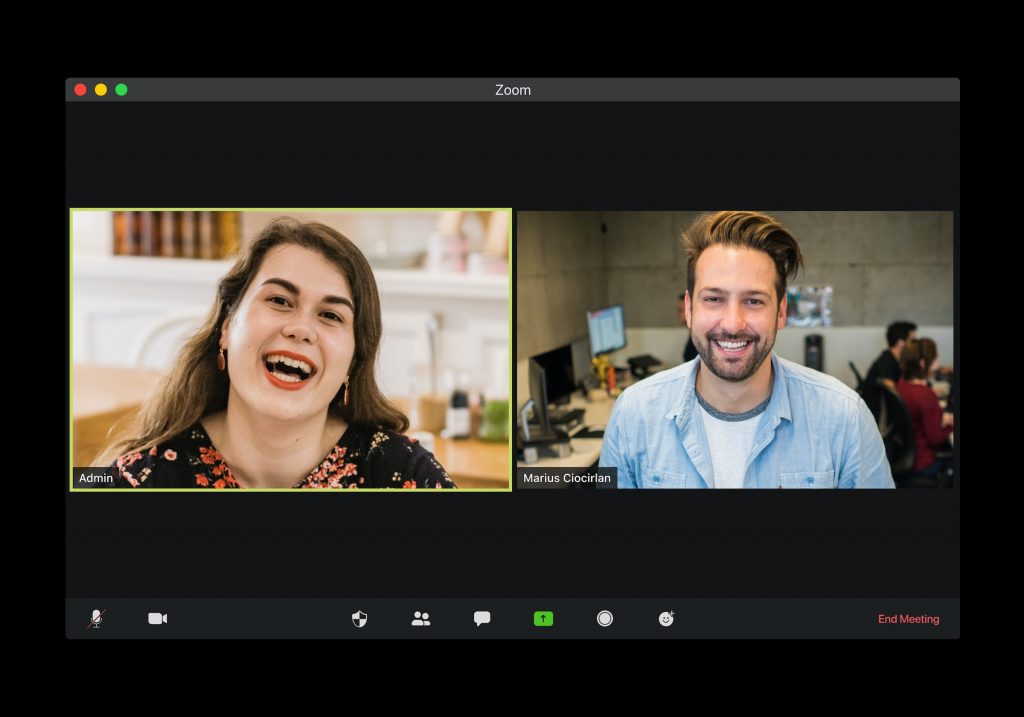Unlocking Success: 4 Essential KPIs to Measure Lead Generation Wins
Lead generation lies at the heart of business growth, and in the digital age, it has taken on new dimensions. Businesses employ diverse strategies to attract potential customers, from captivating content to persuasive social media campaigns.
However, the effectiveness of these strategies lies not only in their execution but also in their measurement.
This is why Key Performance Indicators (KPIs), the compass that guides businesses toward lead generation success, are important. They help you direct your business to success and measure how close to the goals and objectives you are.
In this article, we will delve into four indispensable KPIs illuminating the path to triumphant lead generation. From click-through to conversion rates, these KPIs will equip you with the tools to gauge and amplify your lead-generation strategies. Let’s get started.
4 Relevant KPIs for Lead Generation
Lead generation is a multifaceted journey that encompasses various touchpoints and interactions. Businesses deploy many tactics to captivate potential customers, from content marketing and email campaigns to social media engagement and search engine optimization.
Each strategy sets the stage for potential leads to engage with the brand, nurturing them from mere prospects to interested buyers. Here are four KPIs to measure your lead generation success:
1) Click-Through Rate (CTR)
Your content might be captivating, but the click-through rate measures its effectiveness. CTR indicates how successful your call-to-action is in compelling users to take the next step. This metric sheds light on the resonance of your messaging and design.

A high CTR signifies that your content resonates with your audience. It means that your call-to-action is compelling, driving users to explore further. A low CTR, on the other hand, might indicate that your content needs refinement.
Optimization Tip: Craft strong, concise calls-to-action that clearly communicate the value proposition. Experiment with placement and design to find what resonates best with your audience.
2) Conversion Rate
Moving leads through the funnel is the ultimate goal. The conversion rate reflects the percentage of tips transitioning from prospects to customers. It’s a direct indicator of how well your nurturing strategies are working.

A high conversion rate demonstrates the efficiency of your lead nurturing efforts. It indicates that your strategies effectively guide tips toward making purchasing decisions. A low conversion rate signals potential gaps in your nurturing process.
Optimization Tip: Understand and address your audience’s pain points through targeted content. Use personalized email campaigns and follow-up messages to provide value and build trust.
3) Cost per Lead (CPL)
Amidst the allure of lead generation, cost efficiency is paramount. CPL assesses the financial effectiveness of your efforts. By comparing the cost of generating leads against the revenue they bring, you can ascertain the actual value of your lead-generation campaigns.

A low CPL indicates that you’re generating leads at a reasonable cost. This means you’re optimizing your budget for maximum impact. A high CPL suggests that adjustments are needed to reduce costs.
Optimization Tip: Focus on targeting specific demographics and refining your ad campaigns to attract leads that are more likely to convert. Experiment with different channels and ad formats to find the most cost-effective options.
4) Lead-to-Customer Ratio
The journey doesn’t end with leads; it concludes with customers. The lead-to-customer ratio is a powerful KPI outlining the percentage of generated leads that convert into paying customers. This metric serves as a barometer of the effectiveness of your nurturing and conversion strategies.

A high lead-to-customer ratio signifies the efficiency of your conversion strategies. It demonstrates that the leads you’re generating are of high quality and are progressing smoothly through the funnel. A low ratio might indicate bottlenecks in the conversion process.
Optimization Tip: Streamline your sales funnel by identifying potential barriers or friction points that might deter leads from becoming customers. Use personalized follow-ups and targeted content to nurture leads through the final stages.
The Role of CRM in Lead Generation Excellence
As the digital landscape evolves, so does the role of Customer Relationship Management (CRM) systems. A robust CRM system acts as the cornerstone for effective lead generation and success measurement.
It allows businesses to capture, organize, and analyze lead data seamlessly. CRM systems empower businesses to track lead interactions, segment leads based on behaviors, and tailor communication strategies accordingly.
Moreover, CRM systems offer insights into lead behavior and preferences, enabling businesses to refine their lead nurturing tactics. With a 360-degree view of lead interactions, sales teams can engage with prospects at the right time, armed with the right information.
Furthermore, CRM systems enhance collaboration between sales and marketing teams, fostering alignment and ensuring a unified approach to lead generation.
Conclusion
Lead generation isn’t just about numbers; it’s about forging meaningful connections that translate into customers. By embracing the power of KPIs like CTR, conversion rate, CPL, and lead-to-customer ratio, businesses can refine their lead-generation strategies for optimal impact.
Paired with the capabilities of CRM systems, companies can unlock a holistic view of their leads, enabling personalized engagement and efficient conversion.
As you embark on the journey of lead generation, remember that success isn’t a destination; it’s a continuous evolution driven by data, insights, and the commitment to nurturing connections into conversions.
Want to learn more about automating lead generation for faster business success? Talk to our experts. Book a FREE demo below.
Curious how digital ecosystems can help improve your business?
Check out how digital ecosystems can boost your company performance by getting started here.
Book a Demo
